Green architecture – Human Health Building
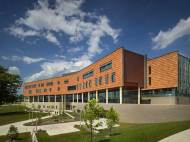 Built on the northwest corner of Oakland University’s campus, Human Health Building (HBB) emerged from need for more space in university’s School of Nursing and School of Health Sciences. Aside providing the two schools with greater collaborative setting among students, facility and community partners, HBB became the first LEED Platinum certified building on a university campus in Michigan.
Built on the northwest corner of Oakland University’s campus, Human Health Building (HBB) emerged from need for more space in university’s School of Nursing and School of Health Sciences. Aside providing the two schools with greater collaborative setting among students, facility and community partners, HBB became the first LEED Platinum certified building on a university campus in Michigan.
Designed by SmithGroupJJR, the 14,888 square-meter (160,260-square-foot) terra cotta-clad building is built on the former site of a parking lot and an untended natural wetland. Constructed by The Christman Company, the five-story houses state-of-the-art classrooms and seminar facilities, an interactive media center, physical therapy clinics, computer labs, simulation labs, and distance learning, as well as faculty and administration space.
An emphasis was placed on student spaces – two-story, natural light-filled, “living room” areas on the fourth floor give students a place to gather before or after class, and an outdoor lounge serves as gathering place for students.
The facility’s energy systems are designed to save an estimated 35 percent in energy costs annually compared to the LEED baseline energy model of a similarly sized building. A rooftop photovoltaic system, with over 200 solar panels, provides 45 kilowatts or 3% of the building’s power. So where do other savings kick in?
A total of 117 vacuum tube solar thermal panels provide heat for the building in the wintertime, the desiccant dehumidification system in the summertime, and domestic water heating. Unused heated water is stored into 94635-litre (25,000-gallon) underground tanks, where it is kept until needed.
Additional savings are achieved with a geothermal field, consisting of 340 wells built 97.5 meters (320 feet) underneath the university’s main parking lot. It uses the earth as an energy source for heat pumps that efficiently provide heating and cooling for the building throughout the year.
A grand porch created by the overhang of the upper floors protects faculty offices from the solar heat gain of a southern exposure. Exterior offices are outfitted with vertical sunshades and fritted glass to reduce glare and cut down on outside heat. Inside the building, an elongated floor plan with floor-to-ceiling windows allows for abundant access to natural light and views of outdoor spaces.
The interior’s use of recycled, regional and low-VOC materials includes sealed cork floors and bamboo cabinets, and walls are made with insulated cinderblock to reduce energy costs. Daylight and occupant sensors are used throughout the building to reduce energy use by occupants.
The outer facade of the building features a pressure-equalized rainscreen wall, allowing for the reduction in air exfiltration and water penetration. Rainwater from the roof is collected and stored in a below-grade cistern, and used for site irrigation. The site’s natural wetland was rehabilitated with native vegetation and invasive species were removed, thereby creating an outdoor lounge and gathering place for students. Rather than clearing a 100-year-old oak tree directly south of the building, they chose to integrate it into the site design.

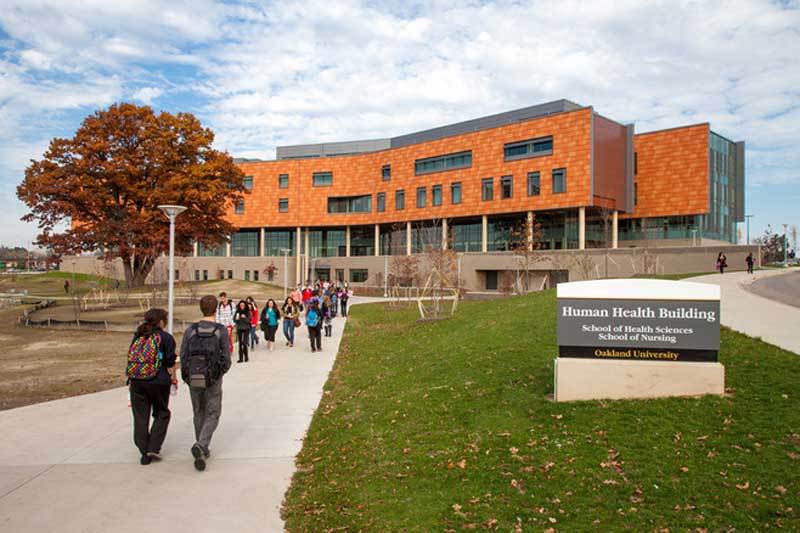
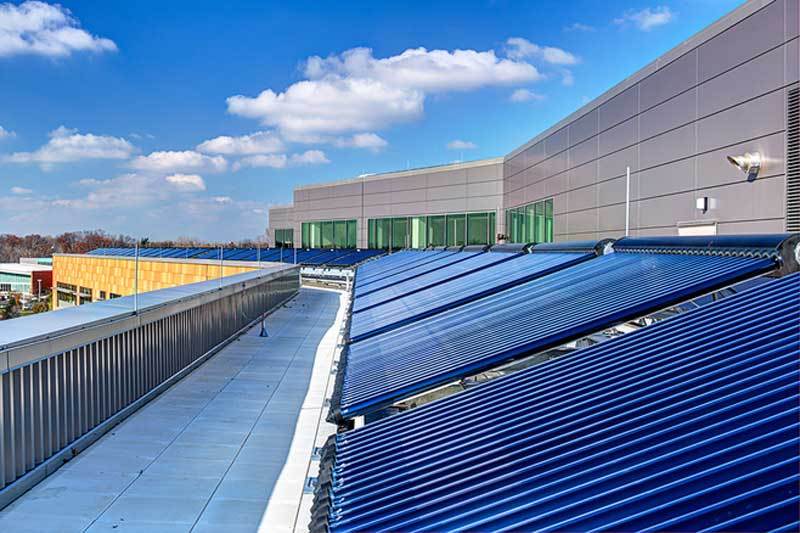
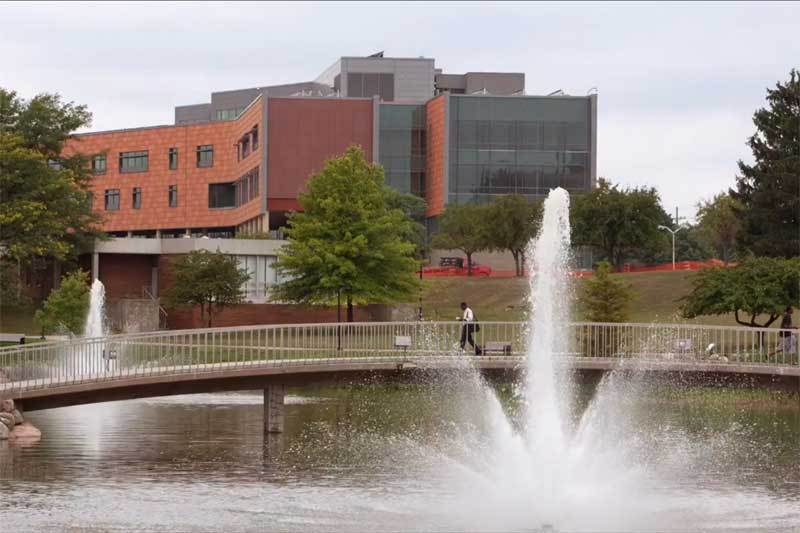
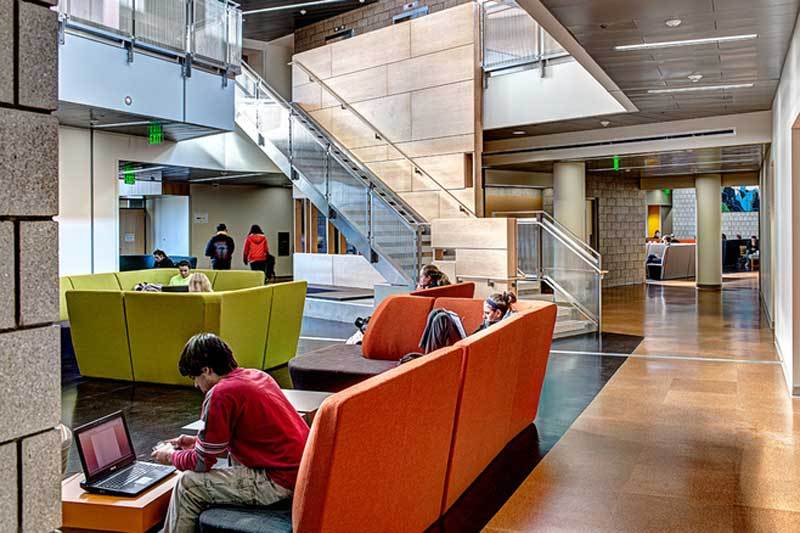
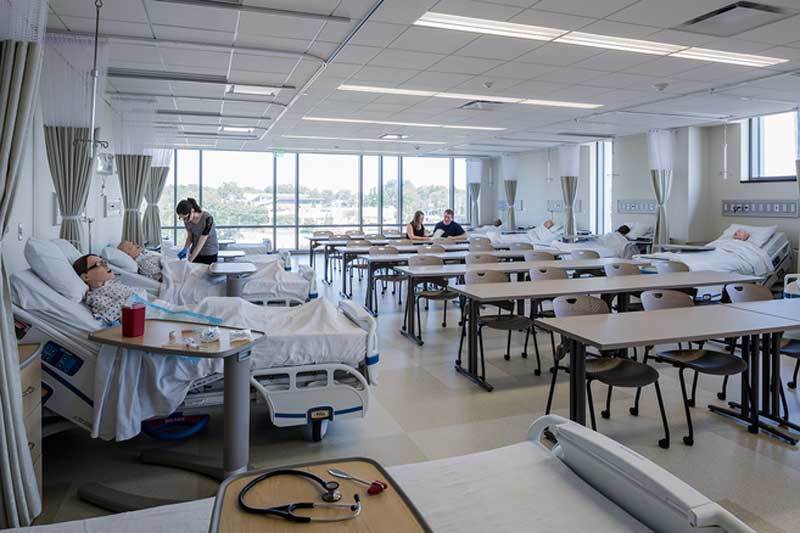








Leave your response!